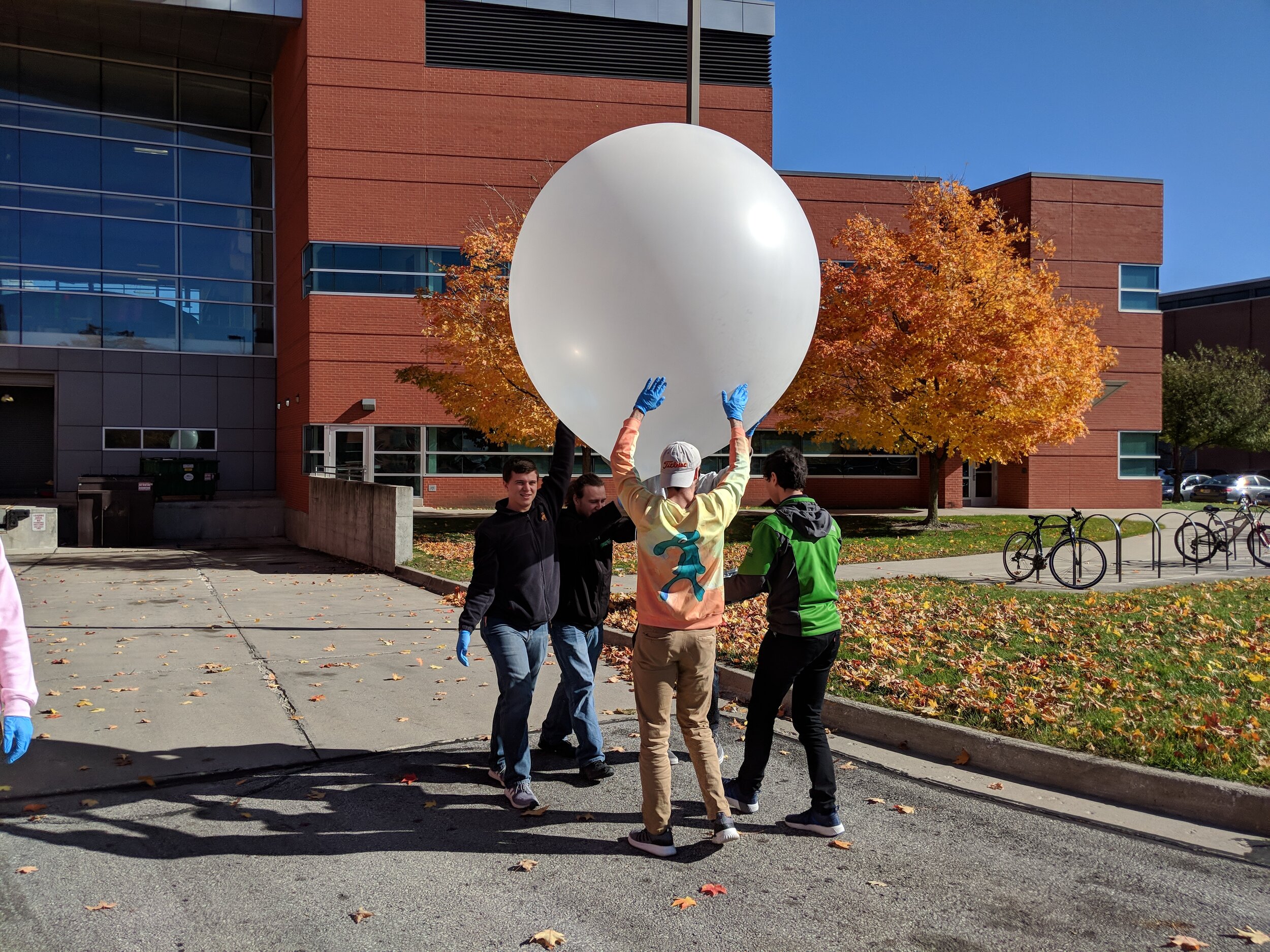
High Altitude Ballooning FAQs
The SBA has collected a list of frequently asked questions when it comes to high altitude ballooning. These FAQ’s will be updated periodically so please check back often.
Disclaimer
We do our best to keep these up to date and as accurate as possible. However, errors may occur. In addition, these are generally related to flying high altitude balloon under the FAA’s Part 101 rules. Local and state regulations may also apply, so always check before flying. The SBA takes no responsibility for any damage or harm they may come from following and advice from this page.
How high does a high altitude balloon go?
There are a number of factors that can affect this including the size of balloon used and the mass of the payload. Typically though many balloons can reach between 90,000 feet (27,432 meters) and 125,000 feet (38,100 meters). Many balloons have gone above 130,000 feet, however around 130,000 to 137,000 is usually the theoretical maximum for most latex based balloons. In 2002, a balloon named BU60-1 reached an altitude of 173,900!
How far does a high altitude balloon go?
Again, a number of factors affect this. Typically though most balloons will travel between 30-90 miles from it’s launch point. If the winds however are strong, this can easily increase to 120 or more miles. In addition, a number of balloons have been launched that was designed to float at altitude. These floaters have been able to travel completely around the globe and even circumvent the globe several times!
What is the material used for the balloon?
Most high altitude balloons use a latex material for the balloon. As these balloons rise up, they expand until they finally burst and the payload returns to Earth. Some groups, researchers and NASA also use plastic or other materials for their balloons. These balloons do not burst and instead either vent until they equalize (zero-pressure balloons) or able to withstand the pressure differential and remain up until the flight is terminated (super-pressure balloons).
How big of a payload can I send up?
There is no set size limit but the FAA does have rules on the weight of these payloads. Typically this is 6 lbs, but if you fly more than one payload you can fly up to 12 lbs.
Can I use a cell phone to track my payload and send data?
The short answer to this is no. The long answer is that while the FAA does not have any rules prohibiting this, the Federal Communications Commission (FCC) does. Specifically Title 47, Chapter 1, Part 22, Subpart H, Section 22.925.
Cellular telephones installed in or carried aboard airplanes, balloons or any other type of aircraft must not be operated while such aircraft are airborne (not touching the ground). When any aircraft leaves the ground, all cellular telephones on board that aircraft must be turned off.
Notice that it does specifically state high altitude balloons, although it does not specify if the balloon is a high altitude balloon or a hot air balloon. Some groups do use cell phones, but they make sure the phone is only operational on the ground and in that case, it would be ok. Generally, there are usually better methods to track your balloons using either Amateur Radio (APRS) or even satellite networks.
